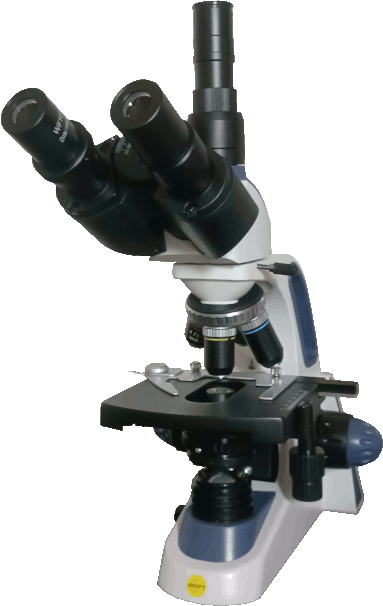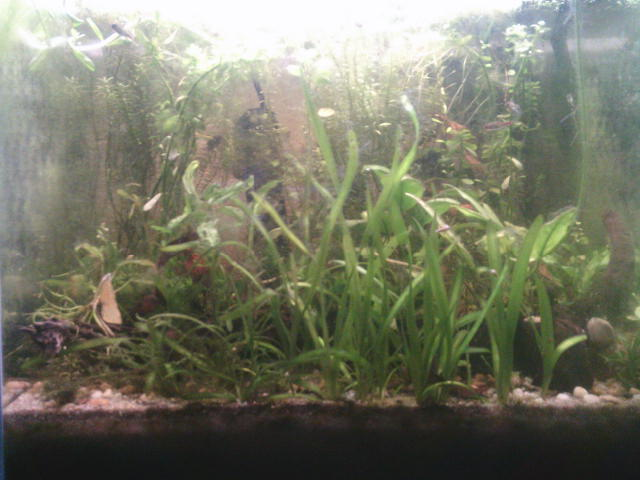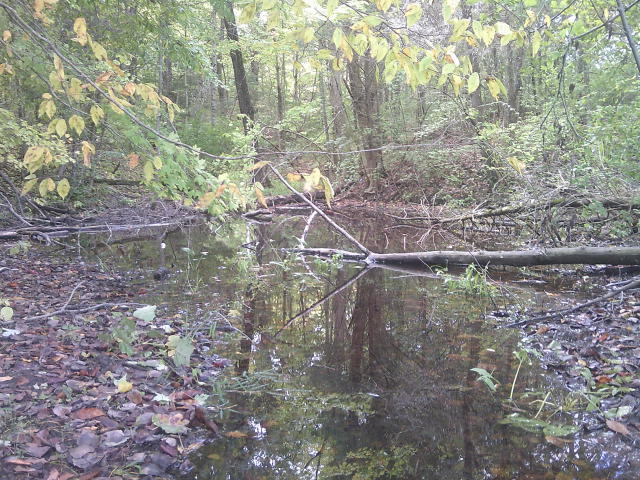Microscopy
Collecting
The samples I put under the microscope are collected from any body of water- local ponds or creeks as I am in the midwest US- but mainly my own fish tank! What is in algae v. detritus? The filter of the tank v. the substrate? It's fun to look close, play around, and see what kinds of enviroments yeild what results!
Make sure to follow local preservation laws and be safe around stagnant water! I have collected most of my samples from family owned property.
Storing
I store my samples MANY different ways. For short term storage I will often use the test tubes found in water testing kits, or for bigger samples, ANYTHING! I've taken home samples in Oreo snack cups before!
When I get these home I have 2 main "tanks" (critter keepers full of water) that I keep near a window. These are regularly fed decaying leaves and topped off with new water as needed, as well as having an air bubbler for aeration. There are organisms as big as freshwater amphipods living in these, which I use for fish food. My entire tank could really be considered specimen storage- I have slowly added all the microorganisms myself from these pond sourced "tanks."
Another way I store my samples are mason jars. When trying to grow Anaerobic organisms, the lid is a good indicator of pressure buildup! When growing Aerobic organisms, cheesecloth can easily be screwed on in place of the lid!
Viewing
When preparing a slide try to remember that less is more! Being able to see all the way through the slide is important as many of these mircoorganisms are nearly invisible! Sometimes, all you see is the outline until you adjust. Only put a few strand of algae, go light on the detritus, and try not to put any biger organisms as they can be crushed with the slide cover!
I find myself setting my microscope very dim. It makes it easier for me to catch the clear microbes, more detail, and keeps my eyes from straining too hard.
Documenting
I'm still learning my preferred method here. I got a microscope camera, which is much better than holding my breath putting a camera through the eyepiece! I have photos and video, but the photos are easier for me to share.
Check outMicrobe Hunter's Guide for so much more!Tools

Microscope

Slides



Pipette and Tweezers
Identifications
I do not guarentee my identifications are correct. I have many unidentified, but still listed in hopes of getting help! Please leave a comment on the community board if you have any ideas.


